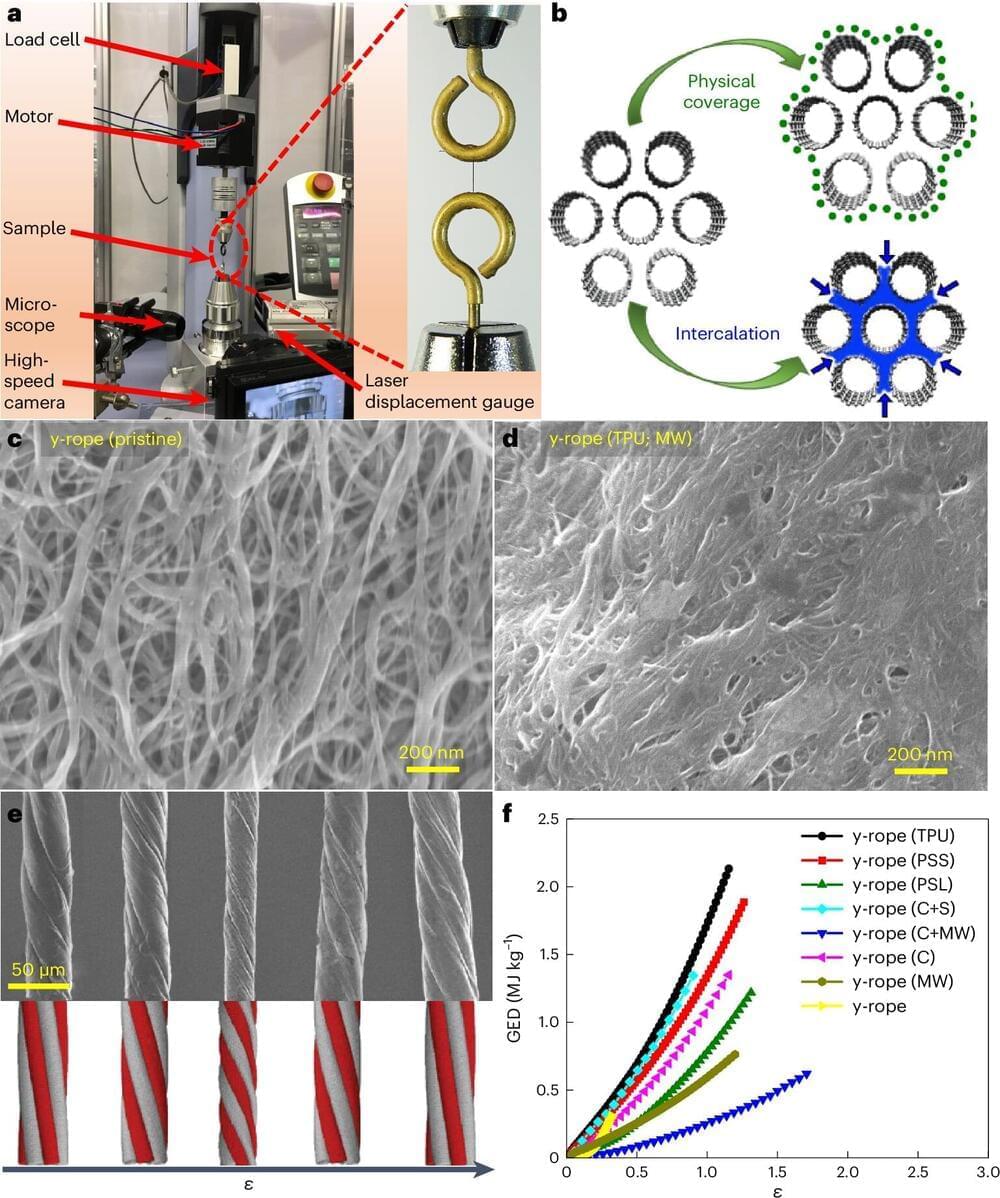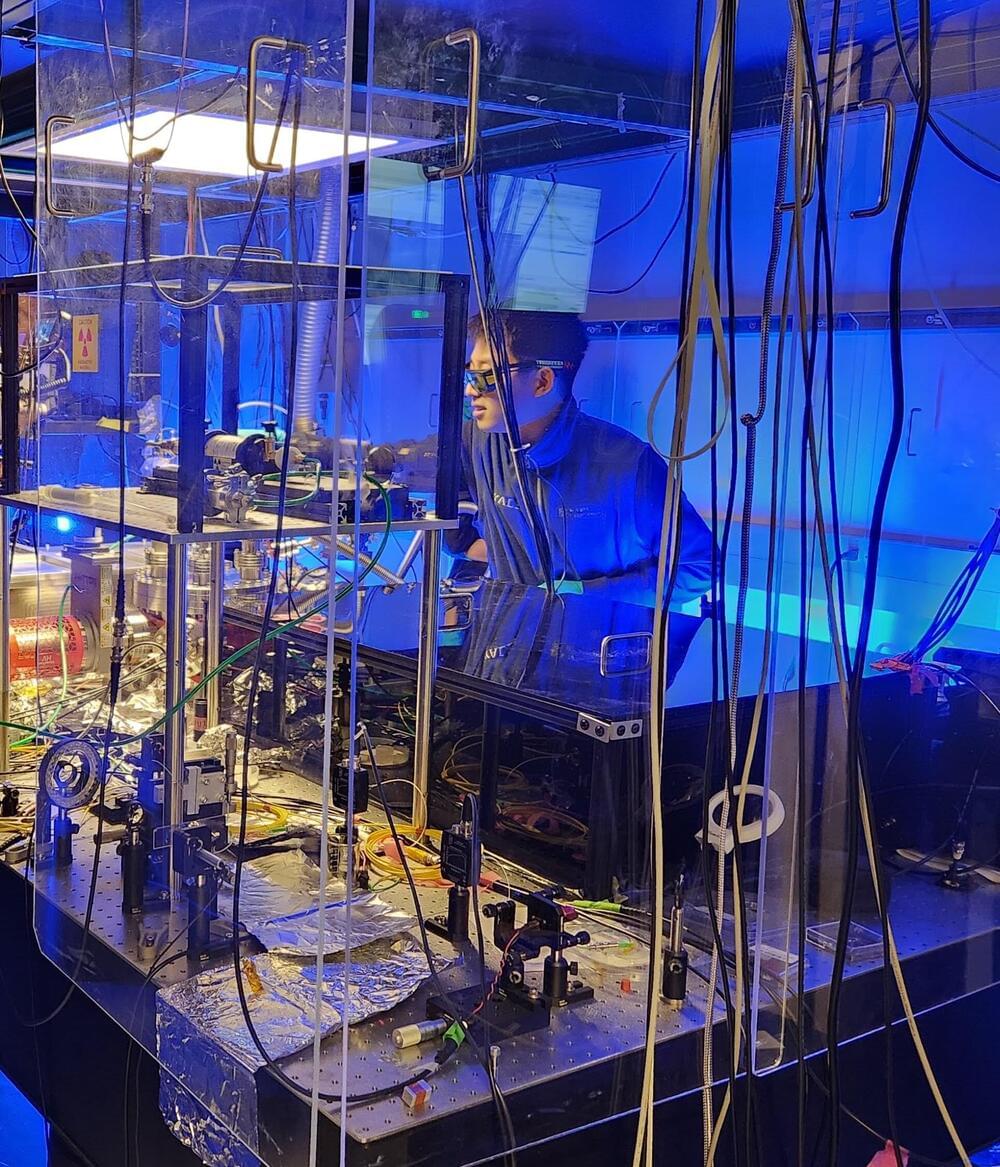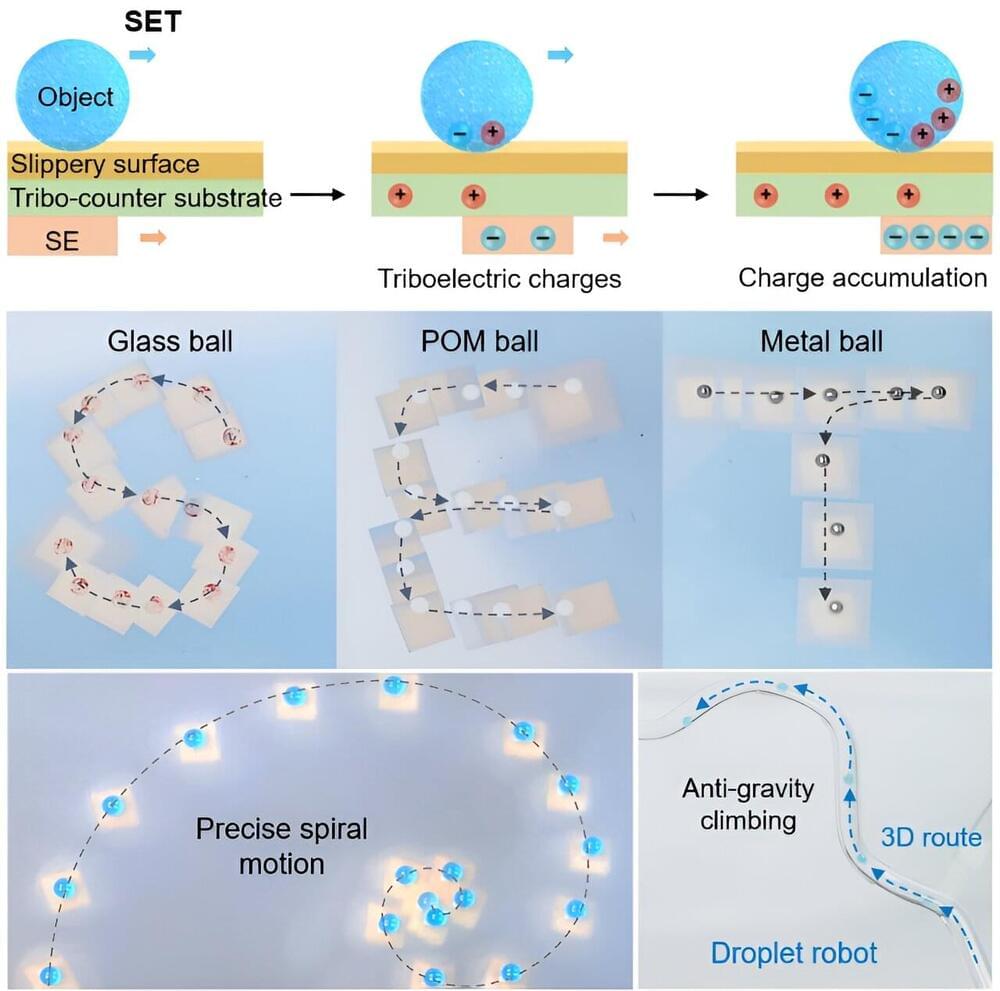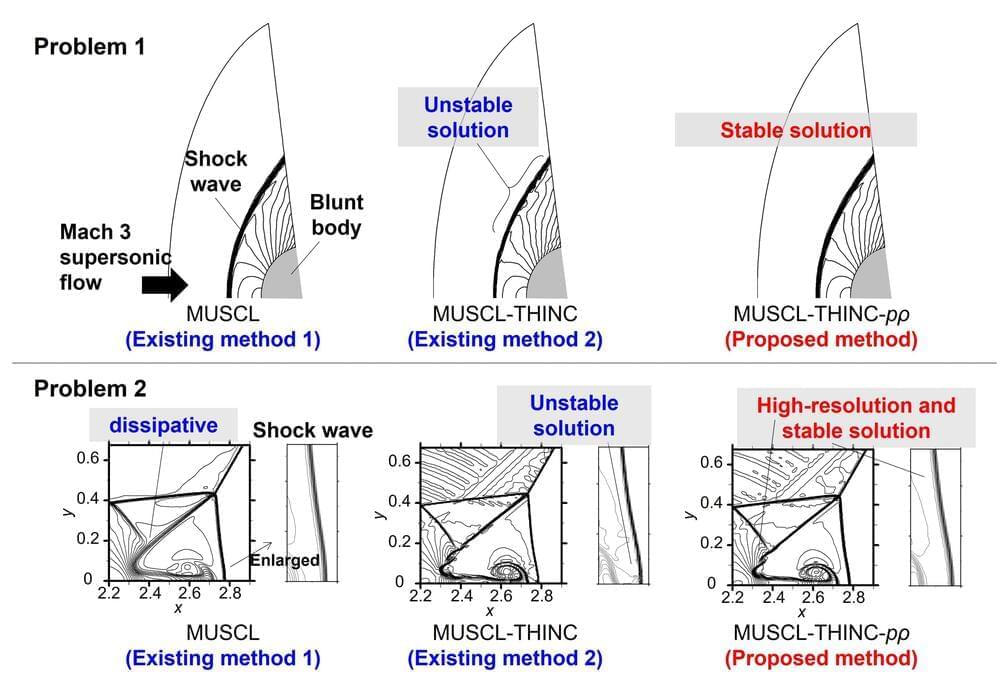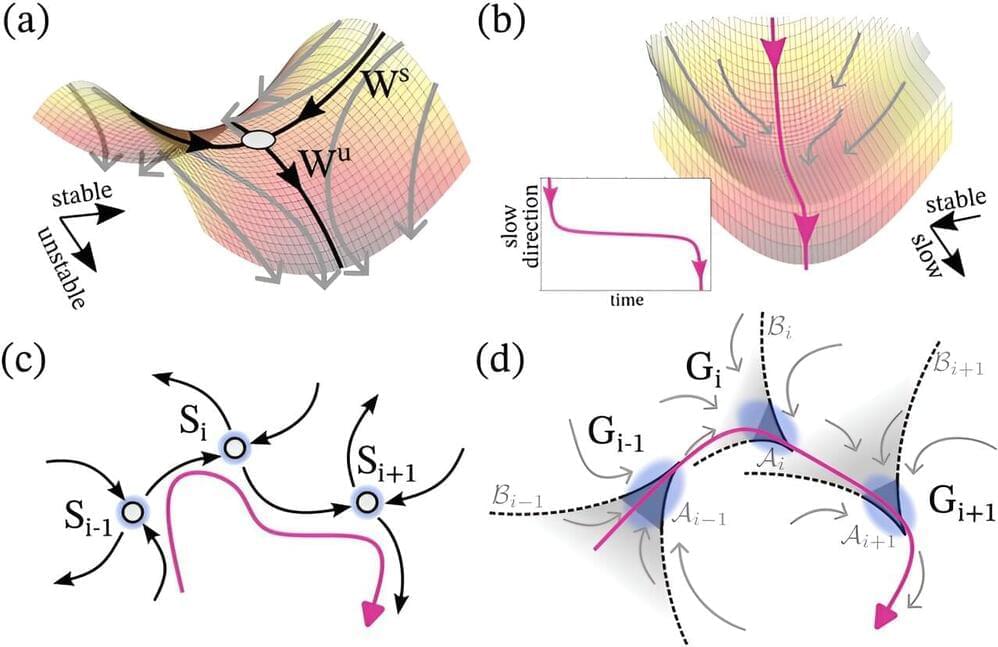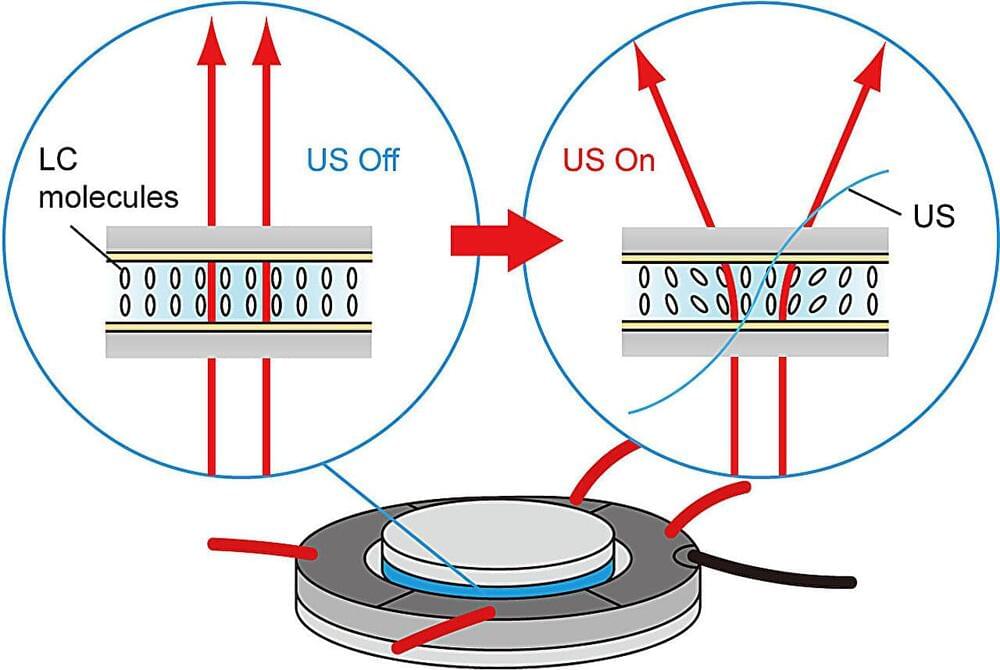An international team of scientists, including two researchers who now work in the Center for Advanced Sensor Technology (CAST) at UMBC, has shown that twisted carbon nanotubes can store three times more energy per unit mass than advanced lithium-ion batteries. The finding may advance carbon nanotubes as a promising solution for storing energy in devices that need to be lightweight, compact, and safe, such as medical implants and sensors. The research was published recently in the journal Nature Nanotechnology.
SpaceX is gearing up for the fifth launch of its massive Starship rocket, following four increasingly successful tests. What is the company hoping for, and what can we expect?
When an object hits a body of water vertically, it is accompanied by a strong hydrodynamic force fueled by the flow of water around it, which propels it forward. The magnitude of this force is known to vary depending on the mass of the object hitting the water.
In recent years, physicists and engineers have developed increasingly sophisticated instruments to study particles and the interactions between them with high precision. These instruments, which include particle detectors, sensors and accelerometers, could help researchers to study physical processes in greater detail, potentially contributing to interesting new discoveries.
In a study published in Device has reported a new self-powered electrostatic tweezer that offers superior accumulation and tunability of triboelectric charges, enabling unprecedented flexibility and adaptability for manipulating objects in various working scenarios. The research team was led by Dr. Du Xuemin from the Shenzhen Institute of Advanced Technology (SIAT) of the Chinese Academy of Sciences.
QPI is a powerful technique that reveals variations in optical path length caused by weakly scattering samples, enabling the generation of high-contrast images of transparent specimens. Traditional 3D QPI methods, while effective, are limited by the need for multiple illumination angles and extensive digital post-processing for 3D image reconstruction, which can be time-consuming and computationally intensive.
In this innovative study, the research team developed a wavelength-multiplexed diffractive optical processor capable of all-optically transforming phase distributions of multiple 2D objects at various axial positions into intensity patterns, each encoded at a unique wavelength channel.
This design allows for the capture of quantitative phase images of input objects located at different axial planes using an intensity-only image sensor, eliminating the need for digital phase recovery algorithms.
A team of scientists has developed a novel hybrid scheme for both steady and unsteady single-phase compressible flow simulations. Their scheme has potential applications in real-world scenarios, offering a promising avenue for future research.
Scientists all over the world use modeling approaches to understand complex natural systems such as climate systems or neuronal or biochemical networks. A team of researchers has now developed a new mathematical framework that explains, for the first time, a mechanism behind long transient behaviors in complex systems.
This results in differences in the acoustic energy between the LC layers, glass disks, and the surrounding air, inducing an acoustic radiation force acting at the LC layer and glass disk boundary. This effect changes the molecular orientation of the LC layers, altering the transmitted light distribution. By changing the electrodes to which the input voltage is applied, the direction of the molecular orientation and therefore the diffusion directivity can be easily rotated.
The researchers investigated the diffusion characteristics of the device and found that the diffusion angle depends on the input voltage amplitude and is maximized at 16 V. Above this voltage amplitude, the diffused light can become unstable. Additionally, the transmitted light distribution depends on the polarization of incident light.
“Light diffusers that allow control over diffusion directivity can reduce energy consumption and enable users to tune the light distribution to their taste, resulting in better aesthetics Our device marks the first report of an ultrasonically controllable optical diffuser based on LC material, providing users control over diffusion directivity within a small space,” said Prof. Koyama.
Scientists from the U.S. Department of Energy’s (DOE) Brookhaven National Laboratory have created the first-ever atomic movies showing how atoms rearrange locally within a quantum material as it transitions from an insulator to a metal. With the help of these movies, the researchers discovered a new material phase that settles a yearslong scientific debate and could facilitate the design of new transitioning materials with commercial applications.
